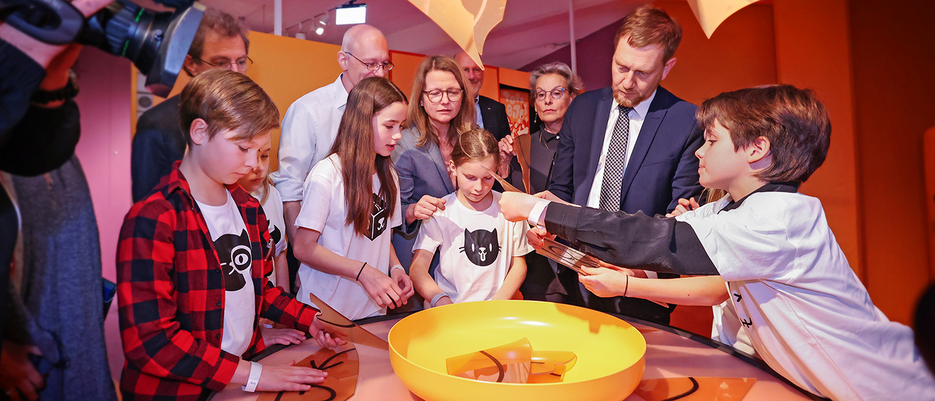The COVID-19 pandemic, from its initial occurrence in 2020 through to its Delta variant-led resurgence in 2021, has led to significantly increased levels of anxiety for many people, and the resulting lockdowns have caused feelings of isolation and depression amongst many in the community.
Professor of youth mental health at the University of Melbourne, Patrick McGorry has recently been quoted as calling this mental health emergency a “shadow pandemic”, citing a 30% rise in need for mental health support above usual demand.
Professor Sam Harvey, acting director of the Black Dog Institute, has stated recently also that mental health is “the number one reason people are going to see their GP”.
“Before the pandemic,” says Sydney clinical psychologist Evelyn Beh, “a lot of anxiety manifested as people having excessive, unreasonable fears around negative outcomes that were either unlikely to happen – for example, constantly worrying that they have a brain tumour when they have a headache, but exhibit no other symptoms indicative of a brain tumour – or excessive concerns about how ‘bad’ an event (such as being judged negatively by a friend, or having a dental filling) might be. However, in the pandemic, and especially now during the second wave in NSW, what psychologists, counsellors and therapists are noticing is that there are many people with increased anxiety, where their fears are not unfounded. There is indeed a real possibility
of catching COVID, even though currently it might be low in some areas of NSW and in some settings.
“Also, there has been so much uncertainty caused by the constant change in case numbers, rules and restrictions, health advice around vaccination, and this uncertainty goes a long way in fuelling anxiety. Those of us who thrive with structure and order in our lives tend to like certainty, and we would normally try to maximise it where possible by being organised, choosing stable career pathways, and making plans. But COVID and snap lockdowns make it extremely difficult to make plans for the future, and enduring a lengthy period of being in a state of uncertainty can take its toll for many.”
For dentists and dental professionals who are required to work face-to-face throughout lockdown periods, to provide emergency dental services, and also those in the public sector deployed to work at COVID testing and vaccination centres, there would likely be a lot of anxiety about potentially catching the virus and unwittingly passing it on to family members.
Ms Beh says that individuals with pre-existing anxiety conditions have reported increased anxiety being triggered during the pandemic, and especially during outbreaks, and this trend would also apply to dentists – especially those who have carried on with their public-facing work through lockdown months.
“There may also be ambivalent feelings amongst many dentists who wish to contribute to their community, but also feel anxious about working in settings they perceive as high risk,” says Ms Beh. “Some dentists may feel frustrated and resentful if they feel they have no choice but to work in these roles. These feelings may be heightened if dentists feel that not enough is being done to protect their health and that of their families and their usual patients – for example, if they are working across various sites. It is important for practice owners and employers to validate these feelings as normal, and listen to concerns staff may have about fulfilling these roles, so they feel they have some say in the process, and not feel like they have even less control in this situation.”
Depression rates have also escalated during the pandemic and the lockdown. The Australian COVID-19 Frontline Healthcare Workers Study, conducted between August and October 2020, showed that a large proportion of healthcare workers sampled reported psychological distress: 62% reported anxiety, 58% reported burnout, and 28% reported depression (1). What is noteworthy is that relatively low rates (only 18%) of healthcare workers in this sample sought professional help, with men particularly less likely to seek it.
You can read the full article at News Bulletin Online – October 2021







